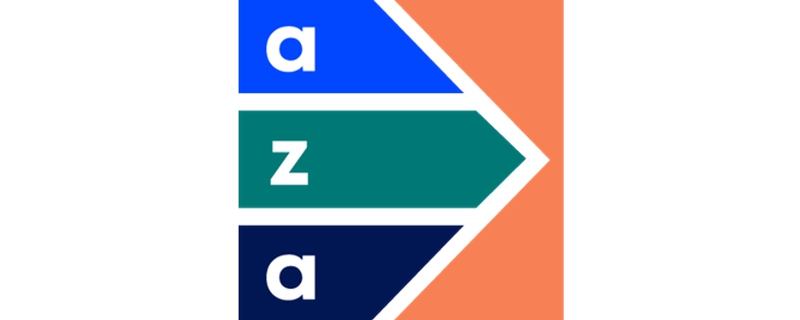ECO currency planning; Naira rates unification; Kenya negative outlook

ECO currency planning resumes after Covid lull
Planning for the new West African ECO currency resumed from a lull since the Covid-19 outbreak, with member states working on terms of engagement. In its second ordinary meeting this year on Monday, the central bank serving the eight CFA franc member countries – the Monetary Policy Committee of the Central Bank of West African States (BCEAO) – cut interest rates on its marginal loan window to 4% from 4.5% and lowered the minimum interest rates for liquidity injections to 2% from 2.5%. The central bank kept reserve requirements unchanged at 3%.
Rand steady as risk rally outweighs warnings
In a dramatic week of stimulus announcements and economic warnings, the rand remains barely moved overall, trading at levels of 17.46. The currency pared gains from earlier in the week when it reached 17.20 as signs of increased global risk appetite outweighed dismal economic indicators at home. The Treasury announced a 500 billion rand ($29 billion) stimulus package against a backdrop of ballooning debt, a budget deficit projected to soar to 15.7% of GDP from 6.5% projected earlier in the year, and official expectations for a 7.2% economic contraction in 2020, the worst in 90 years. With much of the economic gloom already priced in since the start of the year, we see the currency continuing to trade flat overall in the short term.
Naira rates unification seen at higher NAFEX level
The naira continued to come under pressure, sliding to 460 from 455 in the parallel market, with increased demand for dollars and bets by speculators. Amidst calls for unification of Nigeria’s multiple FX rates, CBN Governor Godwin Emefiele at an online investor conference this week indicated the rate should be around the NAFEX level, which currently is 380 to the dollar. The policy objective is a long term net positive for the naira.
Fitch negative outlook weighs on Kenyan shilling
The shilling fell to 106.45 from 106.20 per dollar this week as Fitch cut its outlook on Kenya’s long-term foreign currency issuer default rating to negative from stable. Given the slowdown in global trade, Fitch predicts a slump of at least 30% in agribusiness exports and reduced tourism, limiting economic growth to 1% for 2020. The potential for a ratings downgrade could mean higher FX borrowing costs for the government and companies. The CBK retained its benchmark lending rate at 7% at an MPC meeting yesterday, saying recent policy measures are having the desired effect on the economy. Month-end inflows from horticulture exports and diaspora remittances are likely to balance dollar demand from manufacturers and oil importers during the coming week, creating stability for the shilling while the economy reopens progressively amid Covid-19 containment measures.
Uganda election builds pressure for shilling
Disrupted supply chains, weakened global demand and the region’s locust outbreak has reduced inflows from agricultural production, with Uganda’s shilling slipping to 3730 against the dollar from 3720 this week. Pressure is also building from the political arena as the government pushes ahead with plans for a general election next February. Despite Covid-19 restrictions, Uganda's main opposition leader insisted he will hold open air rallies once campaigning begins in earnest from August. We foresee sustained pressure on the shilling in the near term.

